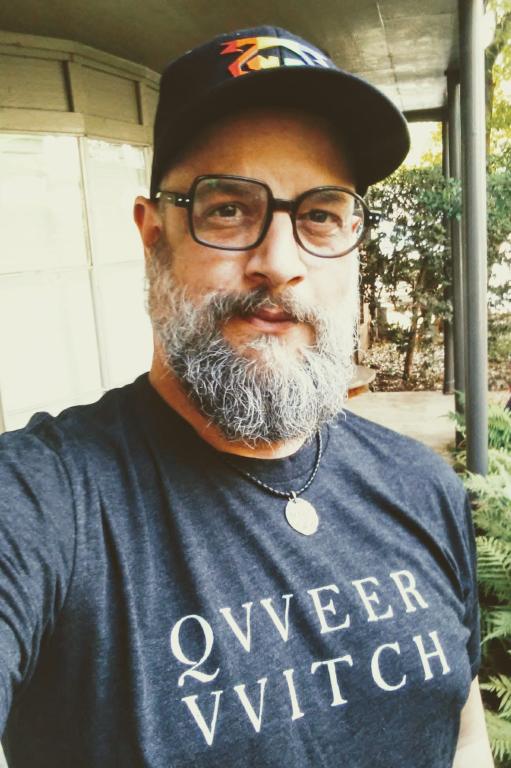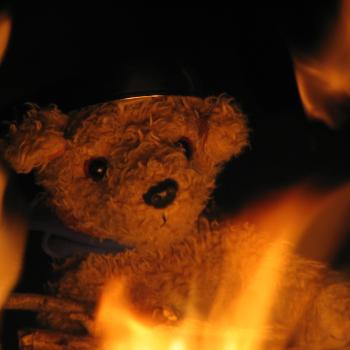Ye Gods, but I am sick, y’all. It’s fortunately not COVID, nor any variant thereof — seasonal allergies just turned into seasonal crud, and I’ve spent the past week splayed up on the couch, hydrating and overdosing on antihistamines and horking up special effects from 1980s horror movies. Although I’m grateful in a way, because with illness in my arsenal, I didn’t have to come up with any excuses to avoid Pride events this year.
Maybe it’s different in other areas of the country, but down here, with the historic Gayborhood fully gentrified and only a smattering of gay-owned businesses remaining, Pride is basically Cinco de Mayo for straight people.
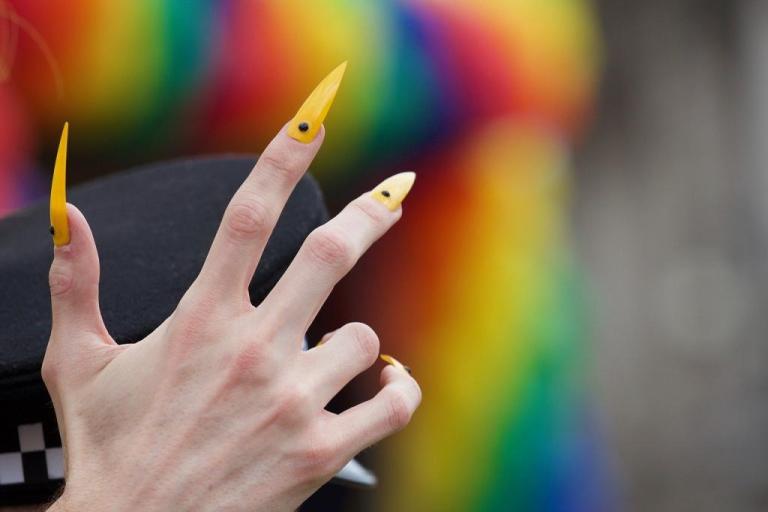
I spent Pride 2019 working at that leather and fetishwear shop (which is located inside Houston’s oldest gay bar). Following are some of the notable things that happened during my shift:
- A straight girl in a rainbow headband offered to show me her boobs in exchange for a discount. (I firmly declined.)
- A pair of straight college students bedecked in rainbow beads blocked the entrance to the shop while attempting to interview customers for a school project.
- A straight woman in a rainbow T-shirt refused to let her gay best friend buy a harness, because “You’re not wearing that in front of my kids.”
- A straight guy in a rainbow baseball cap punched the doorman for asking to see his ID.
- A straight couple in matching rainbow tank tops started a bar fight by calling another patron a f*ggot.
Heteroppropriation aside, this is also the time of year when, in the spirit of inclusiveness, various LGBTQIA+ organizations and subcultures go for each others’ throats. The sociological term for this phenomenon is horizontal hostility, which can be defined as infighting within a minority community that works against the community’s chances of escaping oppression by the majority.
And it always comes to a head around Pride, because the LGBTQIA+ community as a whole has a spotlight on it, which causes the more “mainstream” members to complain about how “divisive” the marginalized members are for continuing to fight for equal rights and representation.
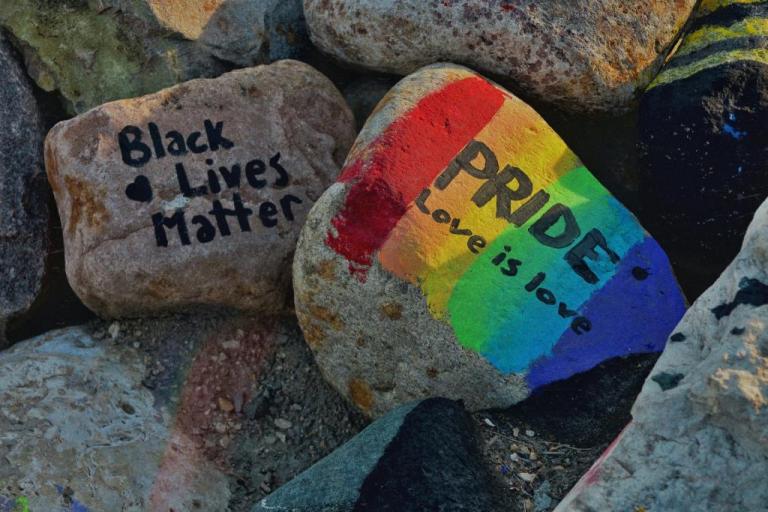
The big brouhaha this year was over whether kink belongs at Pride (spoiler alert: It does), but there was also another blowup over the Pride Flag: An Intersex Rights group in the UK released its own version of the Progress Pride Flag with the Intersex symbol included, and predictably, the cisgender gays had a collective meltdown about it, exactly like how the white gays freaked out when the Philadelphia Office of LGBT Affairs created a variation of the Pride Flag with black and brown stripes back in 2017.
The arguments against the variants are always the same: “The Pride Flag already represents everyone! We don’t need a new one.” And yeah, technically, the original flag was supposed to represent inclusion (or at least, inclusive ideals), but the community as a whole is not inclusive. Racism and transphobia are huge issues within LGBTQIA+dom, which — considering the Stonewall Riots started when trans people of color fought back against police raids — is unacceptable.
You’d think that in response to marginalized groups consistently coming up with their own flags, someone would stop and say, “Hey, what are we, as a community, doing to ensure that everyone really is included?” But that’s not how horizontal hostility works: Marginalized folks fight for their right to exist, and then those who read “normal” come along, push them aside, and enjoy the fruits of their labor while refusing to sharing them.
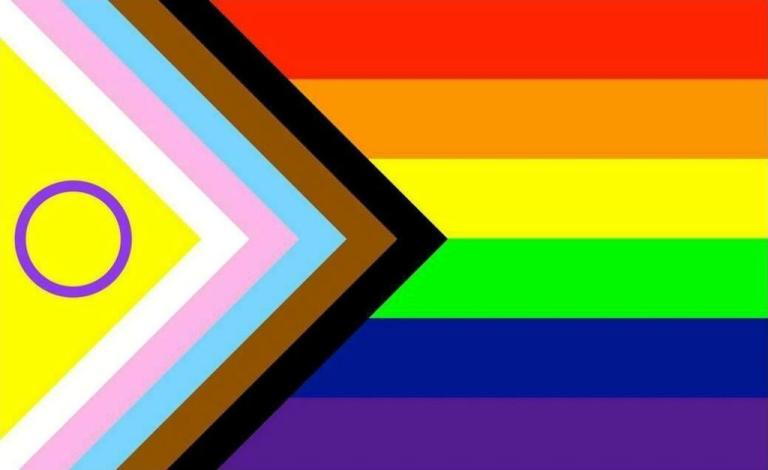
Minorities need to figure out how to work together if we’re really going to ensure equal rights for everyone, and we’ve got to start within our own subcultures. We’ve got to call out racism when we see it, and we’ve got to keep TERFs from dictating who can and cannot be welcomed into our safe spaces (because, as someone smarter than I am once said, the only way to truly promote tolerance is to be intolerant of intolerance). Within Paganism, this also means setting aside petty arguments over who’s more valid, and making sure we’re not stepping on each other to garner acceptance from society at large.
A tall order, that. But speaking of tall, I’ll tell you a story that gives me some hope.
A few years ago, my shop started carrying hand fans, and… okay, I get it. They’re trendy and nominally useful, and they make good statement accessories. However, shortly after fans made a comeback, the Gays™ discovered clacking — that is, popping them open to make a sharp, dramatic, riflecrack noise.
And as soon as our fan display went up, I plastered it with signs that read “NO CLACKING” and “YOU CLACK IT, YOU BOUGHT IT,” which reduced the number of times I had to yell at customers by about 30%. Because, listen, I know gay men think they’re being cute and clever when they aggressively clack their fans in public, but honestly, it’s the singlemost annoying fad to ever befoul gay culture.
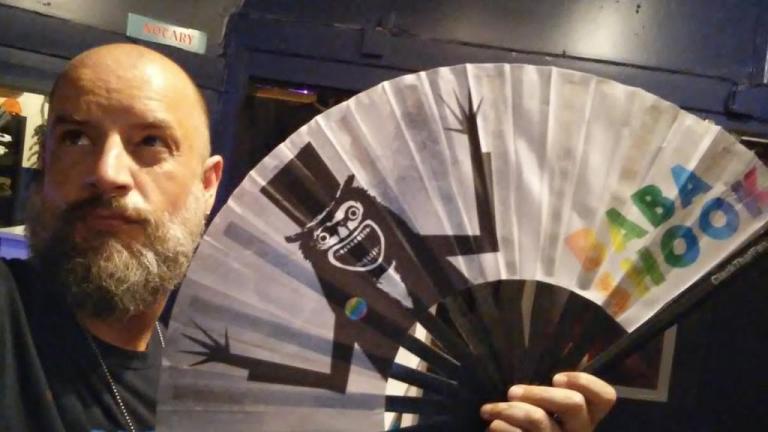
So, Pride 2019. The bar was packed, the store was packed, and the fans were moving quickly, with customers ignoring my signs and having gleeful clack-battles with each other. (Turns out, whoever can scream louder than a clacking fan wins; I won a lot that night.) But Houston in June is blistering to begin with, so as the bar began straining against occupant capacity, and the temperature soared into what felt like the 300s, fan-related interactions turned away from clacking and more towards the following:
Customer: [drenched in sweat] “Do… [pant]… you… [pant]… have… [pant]… any… [pant]… fans?”
Me: “Yes! I’ve got several designs, including a fetching cerulean…”
Customer: “I’ll take it.” [pulls random fan from shelf, throws $20 in the general direction of the counter, stumbles back out into the bar.]
By the time I sold our last fan, I realized that I couldn’t hear any more clacking. I figured I’d just instinctively blocked it out, but my curiosity was piqued, so I poked my head into the bar.
There were fans everywhere, as I expected, but they’d become community property. Shorter people were passing them to taller people, who were holding them high above the crowds and fanning everyone below them. It was a veritable forest of fans; literal shade trees reaching across the entire bar. And it was freaking beautiful.
I know we can work together. I’ve seen it happen. Whenever we get hold of fans, we can use them to help the people around us. And if we could all stop clacking at each other, and start fanning in the same direction, we could cause a hurricane.
Which, incidentally, would also clear up my allergies. But short-circuiting sinuses are not going to stop me from demanding liberation. I’ll keep doing what I can to make waves, and it would make me (figuratively) breathe easier if you’d join me.
